
Browse Service Heroes
Click here to sign up so you can start posting
your service heroes before their stories are lost
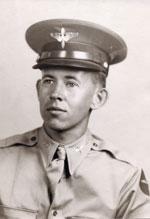
Print My Service Hero
View MyWarBuff Page
Add WarBuff Friend
Share with Friends
|
Recommend Arthur's Story to Digg it | del.icio.us | Reddit
Assigned: 14th American Air Force; 19th Liaison Squadron, 18th Air Rescue
Highest Rank: Master Sergeant
Entered Service: 7/17/1941
Exited Service: 12/22/1945
Foreign Service Length: 1 Year, 2 Months and 29 Days
Continental Service Length: 3 Years, 2 Months and 6 Days
Location of Service: China Burma India
Gender: male
Basic Training: Vernon, Texas
Military Position: Liason Pilot
Place of Separation: Camp Atterbury, Indiana
From City: Dayton
From State: Ohio
Date Deceased: 10/1994
|

 |
|
| |
My grandfather was a stenographer when he entered the war; this most likely helped him go a different route than the infantry like most other young men. He enlisted at Fort Thomas, Kentucky as a flying cadet. The commander of the Enola Gay (Plane that dropped the first Atomic Bomb), Paul Tibbets enlisted in this same school. Shortly after enlisting flying cadets were sent to Texas for training. My grandfather was probably sworn in as a cadet at Kelly Air Force Base in San Antonio, Texas.
|
| |
My grandfather trained at Victory Field in Vernon, Texas and was a member of class 43A. Class 43A started out with 150 students, which 20% percent washed out. Five students were assigned to one instructor. Antoine D. Lanaux, Jim Murrow, Mickey Oury, and W. S. Ogilvie were some of the five with my grandfather. The flight group would fly every day for two months, which ended up to be about 50-75 hours of total flying time. The flight group had a civilian instructor by the name of C. U. Clifford. Cadets had to solo more than ten hours or they would wash out. After students washed out, they could go onto navigation school or bombardier school. Before graduation, everyone had to pass a check and ride with a military check pilot, which was a rough grind. The upper classmen were fresh out of West Point and of course hazed everyone else. West pointer’s conducted barrack inspection and failed everyone most of the time. The punishment for failed inspection was to walk up and down a ramp carrying parachutes instead of going to town on a pass.
|
| |
My grandfather learned to fly the Fairchild PT19 in basic. PT19 was inexpensive, simple to maintain and easy to fly, it was known as the "Cradle of Heroes." The Fairchild was a perfect plane to ready combat pilots and many aviation heroes started their journey in the PT19.
|
| |
Primary flight training was a stringent boot camp with ground school classes when not flying and military drill and parades filling up the rest of the time. Aaron C. Staats was in the same barracks as my grandfather. Friday nights consisted of “GI Parties”, which involved scrubbing every square inch of the barracks floor and latrines with bars of yellow strong lye soap. GI Parties were followed by Saturday morning inspections of barracks, cadet’s appearance, his footlocker and bed all had to be meticulous. The setting was discipline, the focus was on teamwork, and no one forgot it. This was pretty much the regiment for 7 weeks of Basic Flight School followed by Advanced Flight School. Upon successful completion of the three phases of flight school and officer training, cadets were graduated and presented wings.
|
| |
During training on weekends, cadets could leave the base at noon and return at ten o’clock. The people in Vernon accepted cadets with open arms and the country club was opened to all cadets at no cost.
|
| |
Assigned to another field from Vernon, Texas.
|
| |
My grandfather graduated from the Blackland Army Flying School of Waco, Texas in class 43-A.
|
| |
My grandfather was assigned to the 14th Air Force, which used the Flying Tiger and their insignia. My grandfather spent most of his time with the 14th Air Force but was reassigned to 18th Air Rescue for a period of time.
|
| |
My grandfather was assigned to the 19th Liaison Squadron which started out as the 19th Observation Squadron. It was first constituted on February 5, 1942.The 19th observation later, called Liaison Squadron activated on March 2, 1942. Departed for India on March 9, 1944. Moved to China in May of 1944 to begin observation missions in support of Chinese ground forces. At various times, the 19th was based at or operated detachments from Kunming, Chengkung, Nanning, Poashan, and Liuchow. After March 1945 supported resistance forces operating behind enemy lines in French Indochina. After the Japanese surrendered, the 19th returned home, where it was inactivated on December 1, 1945.
|
| |
As a Liaison Pilot my grandfather supervised 12 men in a flight group. Flew the Stinson 185 horsepower plane over the hump and rescue missions in the South Pacific. Acted as officer in charge of flight detachment. Overseas for 15 months in South Pacific. The "hump" is the name given by American pilots, to the Himalayan Mountains over which my grandfather flew from India to China to resupply the Flying Tigers and the Chinese.
|
| |
My grandfather was in the China-Burma-India Theater assigned to the 19th Liaison Squadron. He was indeed involved in some very heroic flying. Flying the hump consisted of flying atop the Himalayan Mountains, which was very treacherous. Flying the L5 Stinson Sentinel known as the “Flying Jeep”, my grandfather transported anything from ammunition, personnel, removing litter patients from font lines, supplies, gasoline, laying wire, reconnaissance, forward observation, and numerous other items in the worst of weather. The Sentinel was without armament but when strike controllers could not pinpoint Japanese positions in attack, the Stinson and my grandfather were sometimes called upon. The Sentinel was a low flying aircraft with short takeoff and landing capability was ideal for guiding attacking aircraft to the targets. Later my grandfather was in the Air Sea Rescue and surely saved numerous aviators.
|
|
|
|
- Air Force Good Conduct Medal
- Air Medal
- American Campaign Medal - WW II
- American Defense Medal - WW II
- Asiatic Pacific Campaign Medal - WWII (With 3 Battle Stars.)
- Distinguished Flying Cross Medal
- World War II Victory Medal
|
|
|
|
Click on the pictures to enlarge.
 |
|
|
|
| |
L5 Stinson Sentinel "Flying Jeep." Plane number 583 - 214847. "The first digit (indicating decade, as in 1940's) and the hyphen were never painted on USAAF aircraft, hence 42-14847 becomes 214847.", J Gray.
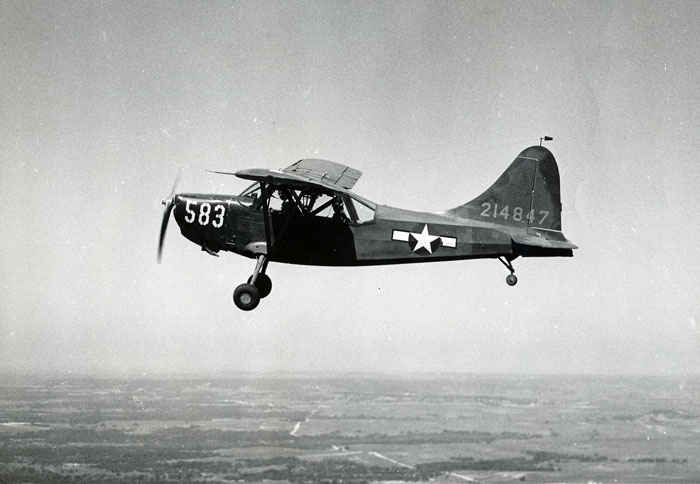
|
"Attached is a copy of the Air Force history card that shows the 42-14847 (featured with Arthur) plane was accepted on March 4, 1943 and disposed of through the Reconstruction Finance Corporation (RFC) in Sept 11, 1950. The plane spent it's entire military career attached to units based in Texas, Arkansas and Oklahoma. It was the 50th aircraft off the assembly line (not shown on the record card) and one of 275 aircraft ordered under a contract negotiated Dec. 10, 1942. In all, 3,590 Sentinels were delivered to the military before WWII ended. The price of $7,660 listed on the record card did not include "government furnished equipment", such as engine, propeller and radio equipment that the government paid for separately, so the total cost was closer to $9,500. In 2005 dollars that would be about $115,000. All Consolidated-Vultee L-5's were built at the Stinson factory in Wayne, Michigan." J Gray
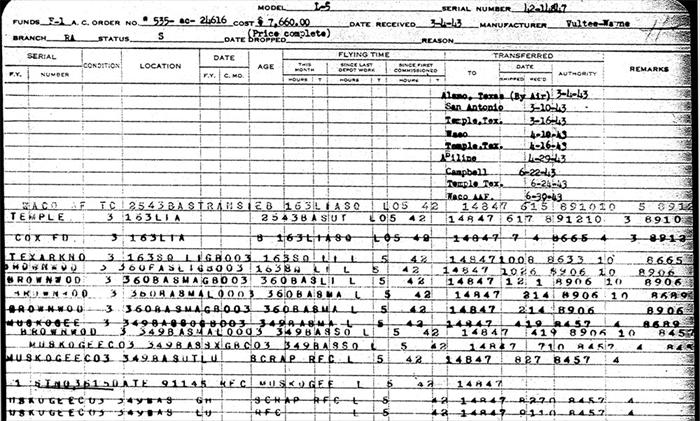
|
Chinese letter translated, not sure who the letter is for.
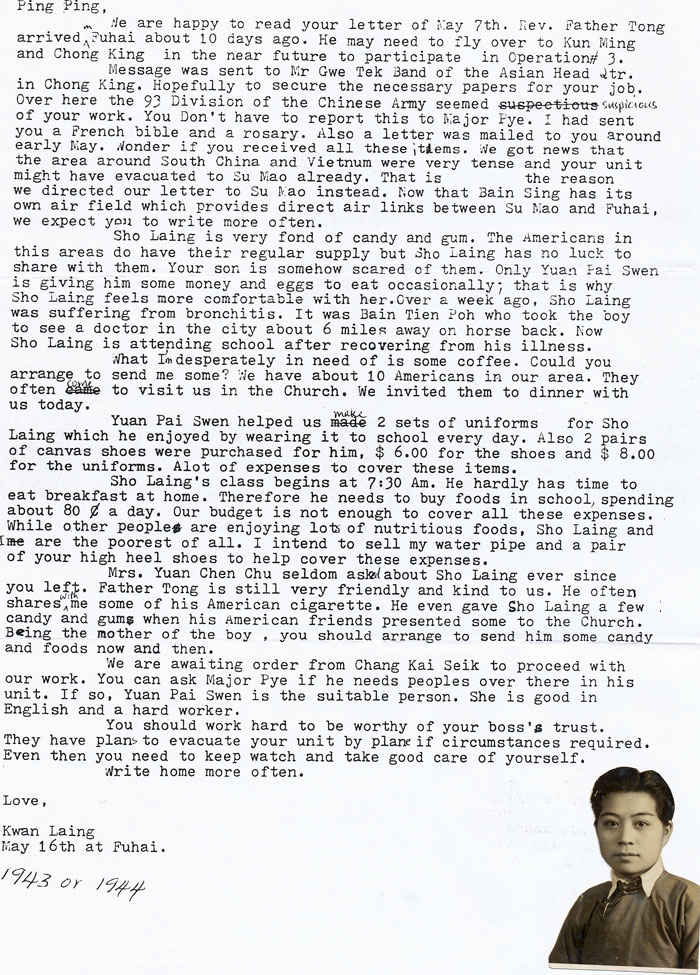
|
| |
Letter written in Chinese that Arthur Newton carried, not sure of context.
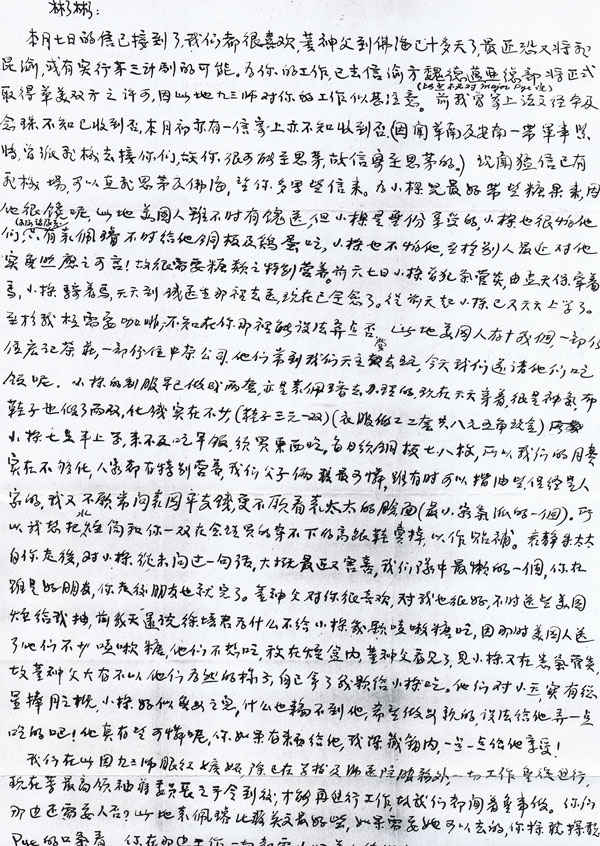
|
Flying Tiger insignia.
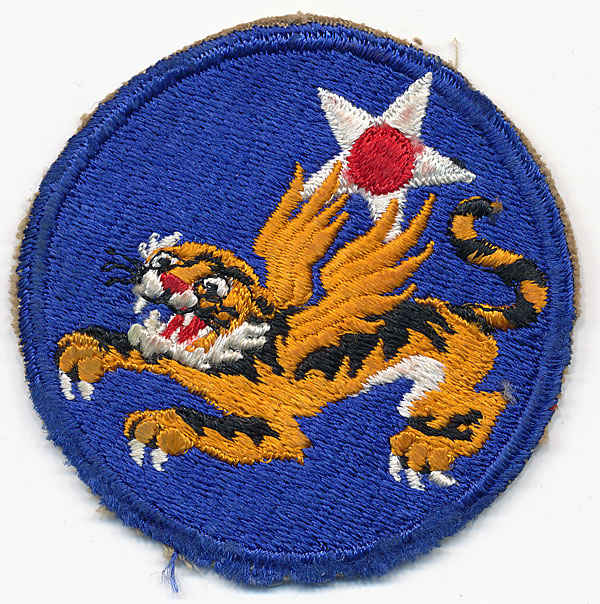
|
Primary trainer for many combat aviators was the PT-19 Fairchild.
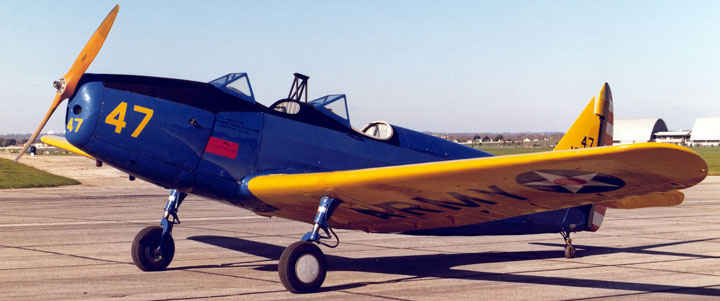
|
| |
Left in front of the PT19 Fairchild trainer; Woodrow W. Wilson, Donald G. Allen, John O. Pettay, L W Jolly, Arthur E. Newton, Stephen E. VanNostrand.
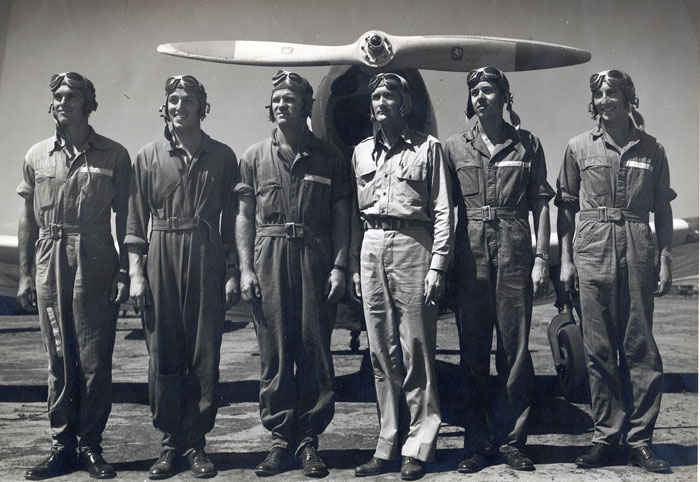
|
Ritchey Flying Service Victor Field Vernon, Texas.
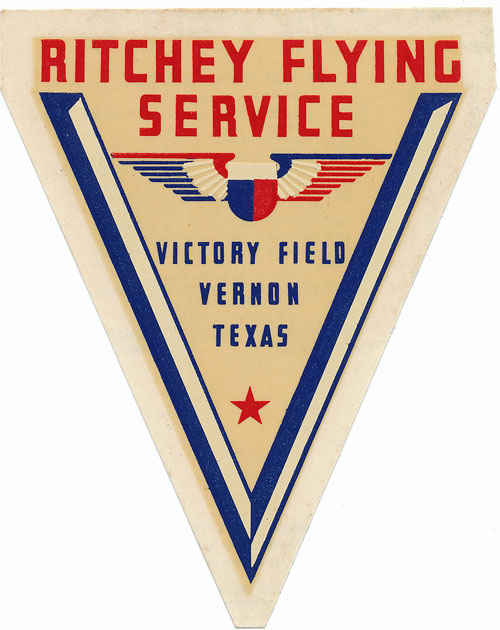
|
Plane crash.
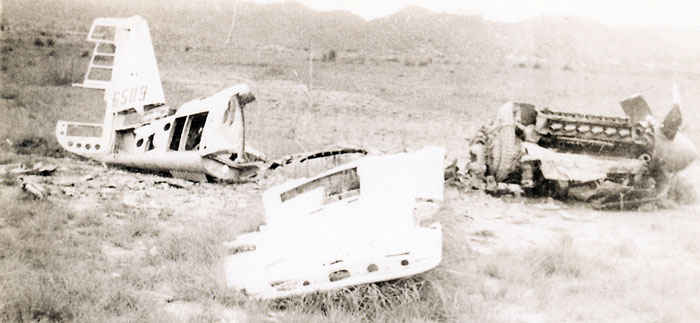
|
| |
My grandfather to the left.
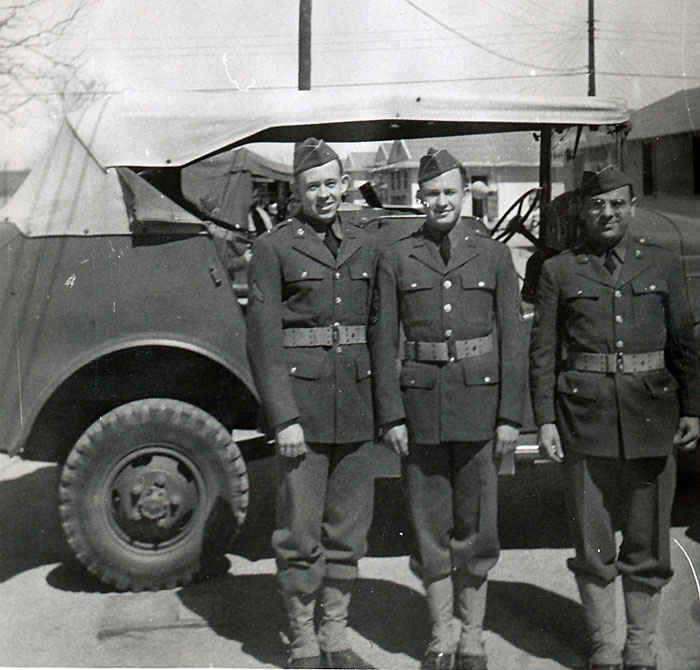
|
L4 Grasshopper.
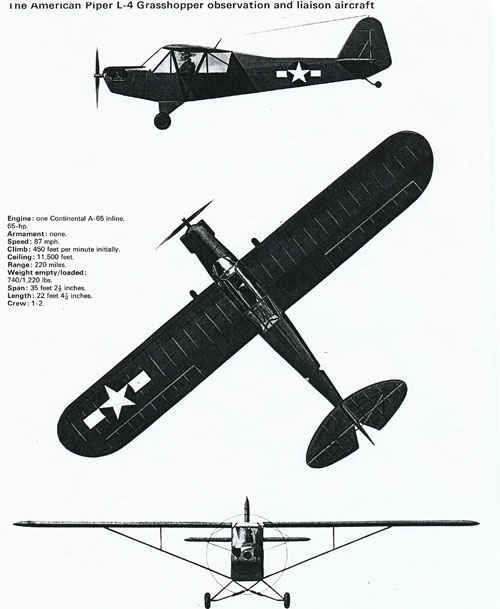
|
Chinese Money.

|
| |
Japanese Flag.
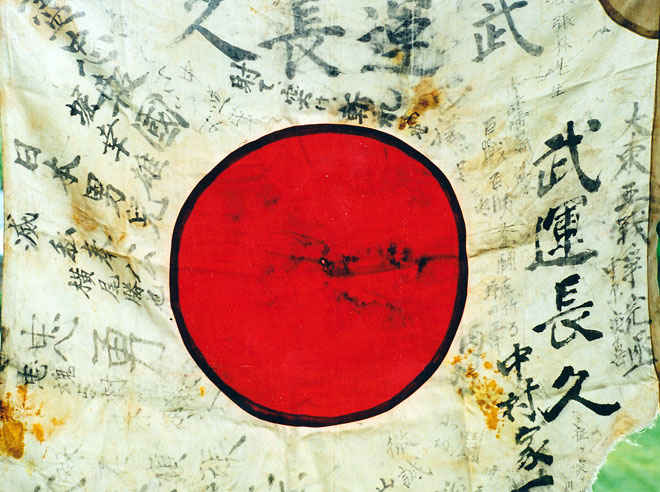
|
Arthur Newton in Mineral Walls, Texas1942.
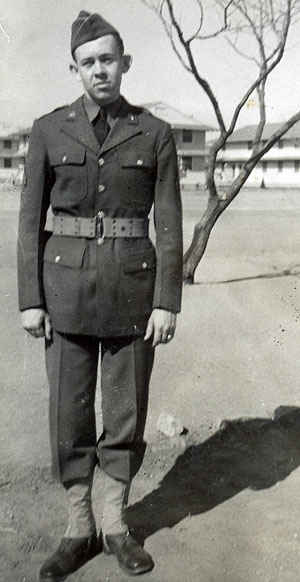
|
Arthur Newton in American Piper L4 Grasshopper.
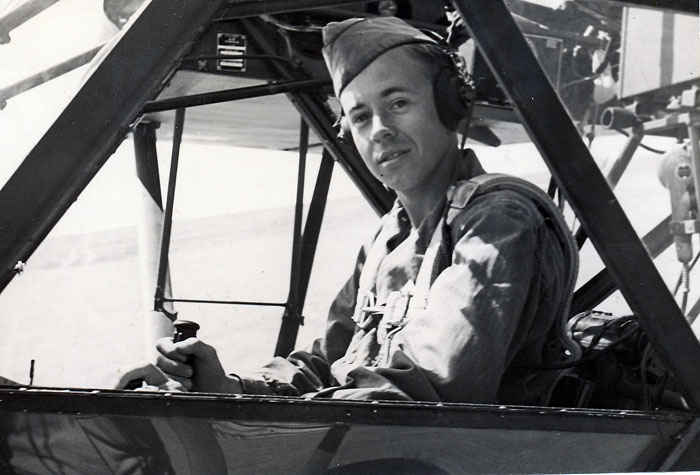
|
|
|
|
|

Copyright © 2008-2013 MyWarHistory.com, ltd. All rights reserved worldwide. May not be copied or distributed without prior written permission from MyWarHistory.com, ltd.
|